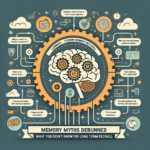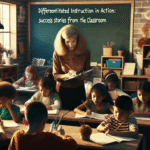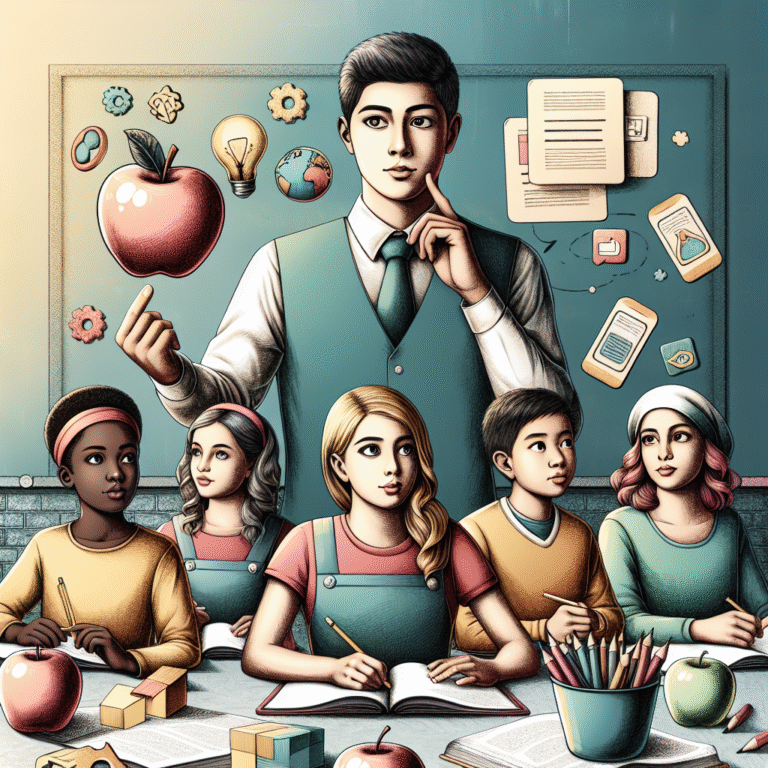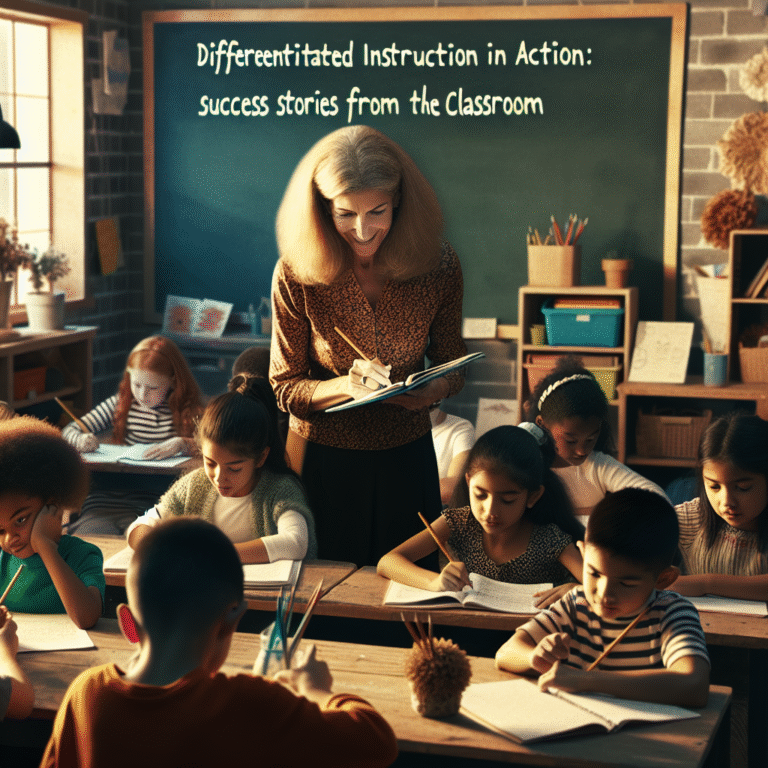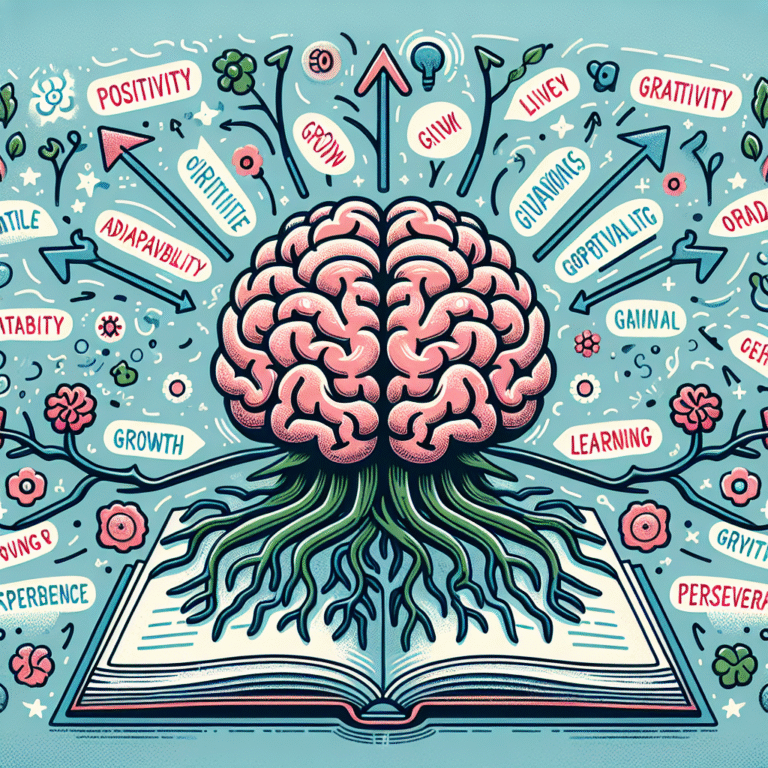
Introduction
In an era defined by rapid technological advancements and shifting societal needs, the landscape of education is evolving at an unprecedented pace. The traditional model of passive learning is being replaced by a more dynamic approach that prioritizes engagement and active participation. Educators face the critical challenge of engaging 21st century learners—students who demand relevance, personalization, and a deep connection to the learning material. This article delves into essential techniques for fostering active participation in today’s classrooms, ensuring educators are equipped to meet the needs of their diverse student populations.
The Importance of Engaging 21st Century Learners
Active participation is not merely a preferable teaching method; it is a necessity. Current research indicates that students learn more effectively when they are actively involved in their own education. With so much competition for their attention—from social media to video games—it’s imperative for educators to create engaging learning environments.
Understanding 21st Century Learners
21st century learners are characterized by:
- Digital Natives: Most have grown up with technology as a central part of their lives.
- Collaborative: They thrive in environments where interaction with peers is encouraged.
- Diverse: Students today come from a wide range of cultural, socioeconomic, and educational backgrounds.
Engaging 21st century learners means recognizing these traits and tailoring educational strategies to meet them.
Techniques for Fostering Active Participation
1. Integrative Technology Use
Case Study: Flipped Classroom Model
One effective approach to actively engage students involves the integration of technology through the flipped classroom model. In this model, students learn new content at home via videos and then apply that knowledge during classroom time through discussions and problem-solving activities.
Analysis: By shifting the traditional lecture outside of the classroom, teachers create a space for deeper engagement. Students come prepared to delve into more complex topics during face-to-face interactions, maximizing the use of classroom time for collaboration.
Table 1: Benefits of Flipped Classroom
| Benefit | Description |
|---|---|
| Increased Engagement | Students take responsibility for their own learning. |
| Enhanced Collaboration | More time for group work and discussions. |
| Individualized Pace | Learners can advance at their own speed. |
2. Project-Based Learning (PBL)
Project-Based Learning offers students a hands-on approach to education, allowing them to solve real-world problems collaboratively.
Case Study: STEM Projects in Schools
A high school in California implemented a PBL approach by having students design sustainable gardens. This required research, teamwork, and application of math and science concepts.
Analysis: Through real-world applications, students not only engaged with the material but also developed essential skills such as critical thinking and creativity.
3. Gamification
Gamification capitalizes on students’ love for games and competition to boost engagement levels.
Case Study: Jeopardy-style Review Games
In one midwestern school, educators used a Jeopardy-style game for review sessions. Students competed in teams to answer questions and earn points.
Analysis: This approach transformed boring revision into an exciting challenge, and students reported feeling more motivated to prepare for exams.
4. Collaborative Learning Environments
Creating opportunities for collaboration fosters a sense of community among students.
Case Study: Think-Pair-Share
This simple yet effective technique encourages students to think independently about a question, discuss their ideas with a partner, and then share with the larger group.
Analysis: This method not only encourages participation from all students but also builds communication skills.
5. Culturally Responsive Teaching
Recognizing and incorporating students’ diverse backgrounds can dramatically improve engagement.
Case Study: Multicultural Literature Circles
In a diverse classroom, a teacher implemented literature circles where each group read culturally relevant books.
Analysis: By valuing the cultures of her students, the teacher fostered a classroom community that acknowledged and celebrated differences, thereby increasing participation levels.
6. Student Voice and Choice
Empowering students to have a say in their learning boosts motivation and investment.
Case Study: Student-Driven Projects
A middle school in New York allowed students to choose their own research projects on topics of personal interest within subject constraints.
Analysis: By giving students ownership of their learning, the school witnessed notable increases in motivation and engagement.
Integrating These Techniques
Educators can create a blended approach by merging these techniques, tailoring them to suit the unique needs of their classrooms. For instance, a teacher could incorporate technology through a flipped classroom model while also integrating project-based learning.
Table 2: Blended Techniques Sample Schedule
| Day of the Week | Technique | Description |
|---|---|---|
| Monday | Flipped Classroom | Prepare lessons through video for homework. |
| Tuesday | Project-Based Learning | Group work on community issues. |
| Wednesday | Collaborative Learning | Peer reviews of project drafts. |
| Thursday | Gamification | Quiz competition to review key concepts. |
| Friday | Student Voice & Choice | Present projects and reflect on learnings. |
Conclusion
Engaging 21st century learners requires a shift in mindset from traditional teaching methods to a more interactive, student-centered approach. By employing techniques such as technology integration, project-based learning, collaborative environments, and culturally responsive teaching, educators can foster a vibrant learning atmosphere that resonates with today’s diverse student population.
As we look towards the future of education, let us embrace these techniques and inspire the next generation of learners to become active participants—not just in their education, but in their lives. The journey toward meaningful engagement begins in the classroom, and the possibilities are endless.
FAQs
1. What is the flipped classroom model?
The flipped classroom model involves students learning new content at home via online resources, enabling more interactive, hands-on activities during class.
2. How can I implement project-based learning in my classroom?
Start small by choosing a manageable project that relates to your curriculum. Provide clear guidelines and encourage student collaboration.
3. What are the benefits of gamification in education?
Gamification can increase student motivation, promote engagement, and facilitate the retention of information through interactive learning experiences.
4. How do I encourage student voice and choice in my teaching?
Allow students to select topics for projects or give them options in assignments. Soliciting their feedback on lesson plans can also enhance their sense of ownership.
5. Why is culturally responsive teaching important?
Culturally responsive teaching acknowledges and values the diverse backgrounds of students, fostering a more inclusive environment that enhances engagement and participation.
By implementing these insights and strategies, educators can effectively engage 21st century learners, fostering active participation that leads to deeper understanding and long-lasting educational experiences.


